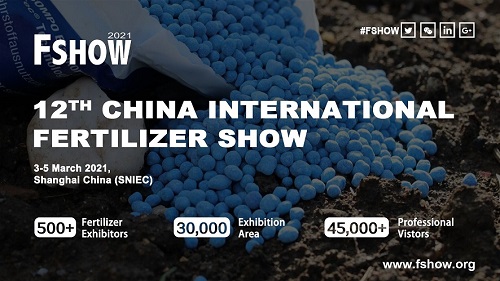
Exhibition time: 17-19 March, 2026 Shanghai, China
 中文
中文

Exhibition time: 17-19 March, 2026 Shanghai, China
 中文
中文
Abiotic stress is defined as environmental conditions that reduce growth and yield below optimum levels . Abiotic stress such as cold, drought, and salt largely influences plant development and crop productivity. Abiotic stress has been becoming a major threat to food security due to the constant changes in climate and deterioration of the environment caused by human activity. To cope with abiotic stress, plants can initiate a number of molecular, cellular, and physiological changes to respond and adapt to such stresses .

Abiotic stresses may be prevented by optimizing plant growth conditions and through the provision of water and nutrients and plant growth regulators (PGRs—auxins, cytokinins, gibberellins, strigolactones, and brassinosteroids). In addition to these traditional approaches, biostimulants have been highlighted as a promoter of optimizing productivity by modifying physiological processes in plants. Biostimulants offer a potentially novel approach for the regulation and/or modification of physiological processes in plants to stimulate growth, to mitigate stress-induced limitations, and to increase yield .
The plant hormone auxin is the key regulator of many aspects of plant growth and development, including cell division and stretching, differentiation, tropisms, apical dominance, senescence, abscission, and flowering. The cytokinins are mainly responsible for cell division, besides affecting many other processes, such as vascular development, apical dominance, and nutrient mobilization, especially when interacting with auxins .
Gibberellic acid has a marked effect on the seed germination process, activating hydrolytic enzymes, such as α-amylase and protease, which actively act in the unfolding of the reserve substances, facilitating the mobilization of the endosperm. In addition, they promote the breakdown of dormancy, stem elongation and growth, cell division, and, consequently, leaf expansion .

According to Ref. the biostimulant is composed of cytokinin, indole-butyric acid, and gibberellic acid, applied in seed, increased the seedling emergence percentage of Gossypium hirsutum L., as well as leaf area, height, and growth of seedlings. The algal extract applied via leaf yielded higher seed yield of Glycine max (L.) Merr .
An increase in the quantity and quality of Allium cepa L. bulbs with foliar application of putrescine and amino acid glutamine was observed . L-glutamic acid is an important amino acid that acts as a central molecule in the metabolism of higher plants , being the precursor of the synthesis of chlorophyll in leaves , and the carbon regulatory function and nitrogen metabolism . Glutamate is also a precursor of arginine and ornithine, which in turn act on the synthesis of polyamines, which can act on plants, minimizing stress conditions . In addition to these amino acids, others are important in cell metabolism with the expressive diversity of biological functions.
The application of extracts from algae or other plants have beneficial effects on growth and stress adaptation. Algal extracts, protein hydrolysates, humic and fulvic acids, and other compounded mixtures have properties beyond basic nutrition, often enhancing growth and stress tolerance. Although most plant biostimulants are added to the rhizosphere to facilitate uptake of nutrients, many of these also have protective effects against environmental stress such as water deficit, soil salinization, and exposure to sub-optimal growth temperatures .
From IntechOpen

Previous: Wheat Growth and Development
Next: SEMS